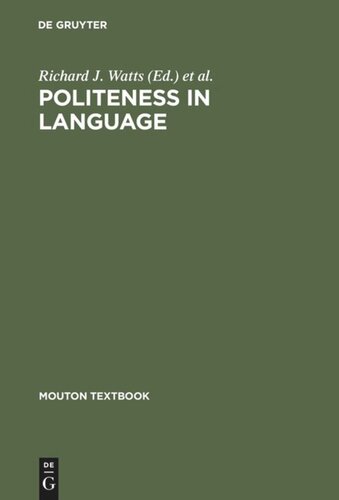

Most ebook files are in PDF format, so you can easily read them using various software such as Foxit Reader or directly on the Google Chrome browser.
Some ebook files are released by publishers in other formats such as .awz, .mobi, .epub, .fb2, etc. You may need to install specific software to read these formats on mobile/PC, such as Calibre.
Please read the tutorial at this link: https://ebookbell.com/faq
We offer FREE conversion to the popular formats you request; however, this may take some time. Therefore, right after payment, please email us, and we will try to provide the service as quickly as possible.
For some exceptional file formats or broken links (if any), please refrain from opening any disputes. Instead, email us first, and we will try to assist within a maximum of 6 hours.
EbookBell Team

4.8
104 reviewsThe second edition of this collection of 13 original papers contains an updated introductory section detailing the significance that the original articles published in 1992 have for the further development of research into linguistic politeness into the 21st century.
The original articles focus on the phenomenon of politeness in language. They present the most important problems in developing a theory of linguistic politeness, which must deal with the crucial differences between lay notions of politeness in different cultures and the term 'politeness' as a concept within a theory of linguistic politeness. The universal validity of the term itself is called into question, as are models such as those developed by Brown and Levinson, Lakoff, and Leech. New approaches are suggested.
In addition to this theoretical discussion, an empirical section presents a number of case studies and research projects in linguistic politeness. These show what has been achieved within current models and what still remains to be done, in particular with reference to cross-cultural studies in politeness and differences between a Western and a non-Western approach to the subject.
The publication of this second edition demonstrates that the significance of the collection is just as salient in the first decade of the new millennium as it was at the beginning of the 1990s.